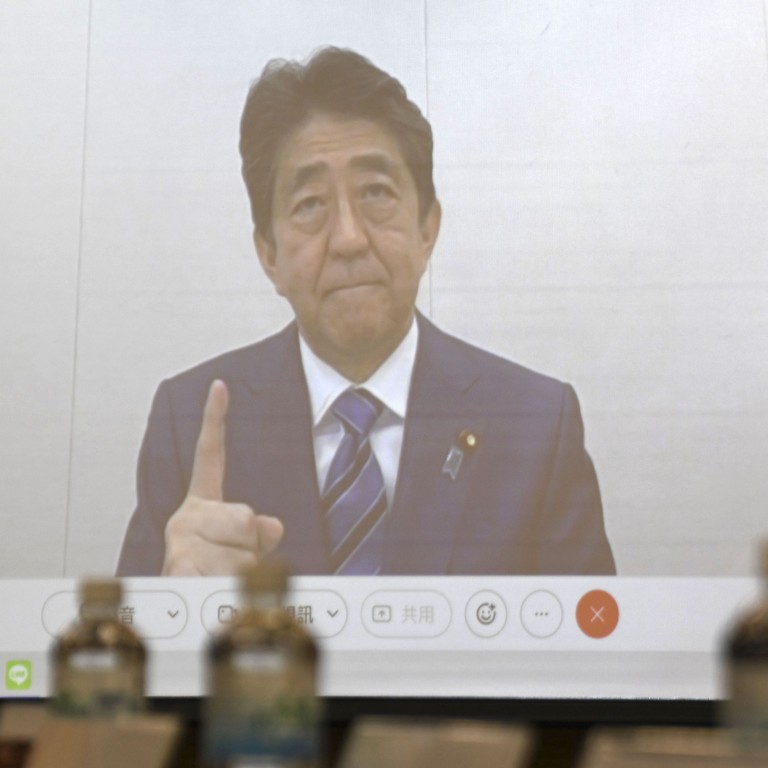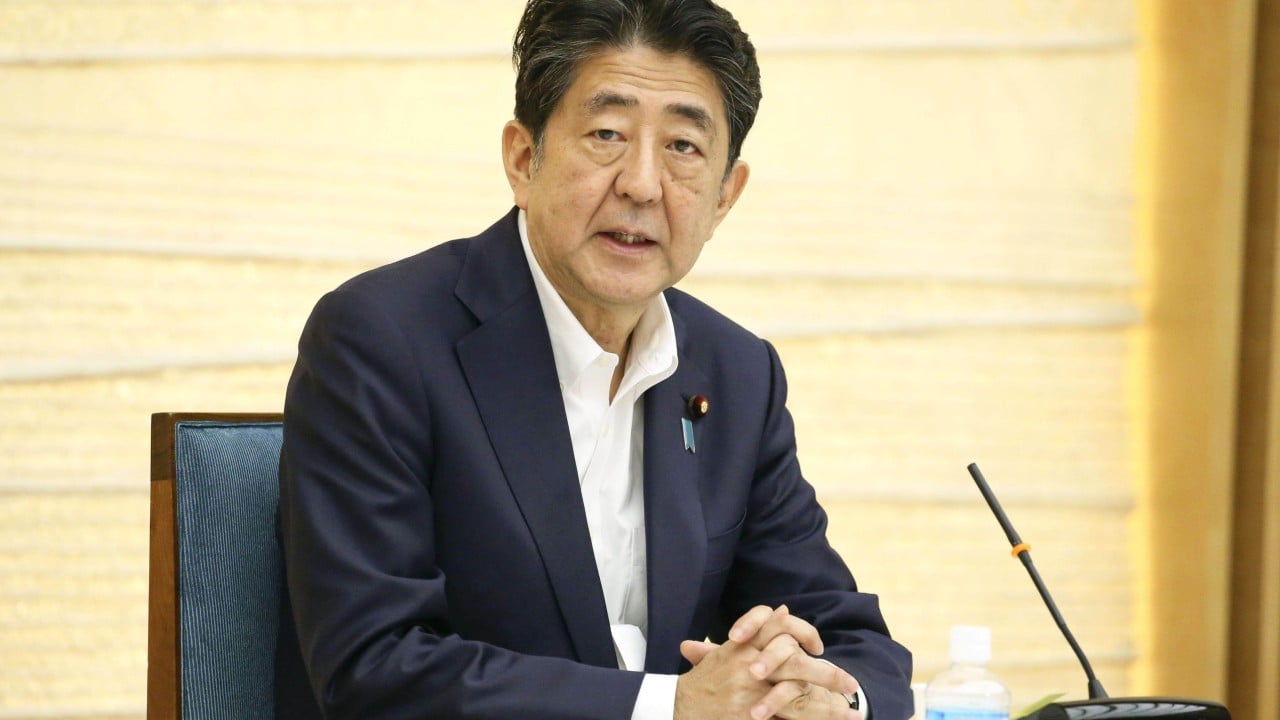
Japanese Foreign Direct Investment in China slows as tensions rise, but Asean 5, Asian Tigers benefit
- China’s slice of Japan’s FDI pie is now smaller than that of both the Asian Tigers and the Asean 5 of Thailand, Indonesia, Vietnam, Malaysia, Philippines
- The slowdown comes amid diplomatic tensions inflamed by former PM Shinzo Abe’s comments on Taiwan, but Oxford Economics says China is still Tokyo’s ‘favourite’
Japanese investment in China is slowing as tensions between the two countries grow, new research shows.
By country however, China has the biggest slice of Japanese foreign investments among Asian countries.
Even so, the return from Japan’s investments in China still far outweighed any of its other foreign investments, at an average 15.2 per cent between 2018 and 2020, up from about 11 per cent five years ago. The Asean 5 returned 11.1 per cent over the same period, while North American investments returned just 5.8 per cent.
The slowdown comes amid efforts by Tokyo to cut its reliance on the China market, following pressures caused both by the coronavirus pandemic and the worsening of relations between Tokyo and Beijing.
Pacifist Japan is arming itself to the teeth, with China in its sights
China still the ‘favourite’
Though China now accounts for a smaller slice of Japan’s FDI pie, Tokyo’s investments in the country are still rising, just at a slower rate. In 2020, it invested close to 14.5 trillion yen, up from about 13 trillion yen five years ago.
Shigeto Nagai, the head of Japan at Oxford Economics, said China would remain Tokyo’s “favourite foreign investment destination in the coming years” but the Asean 5 would “continue to benefit from Japanese manufacturers’ diversification strategy, as evidenced by the sharp rise in the number of foreign subsidiaries especially in Thailand and Vietnam”.
“For manufacturing investments, Vietnam and the Philippines are popular as a result of being inexpensive sources of labour, Thailand is popular for its industrial clusters,” he said.

Nagai added: “Rising pressures from the US to exclude China from global supply chains involving sensitive technologies will also encourage diversification out of China.”
While Japanese investments in China had slowed amid rising labour costs in China and diversification strategies, Japanese manufacturers would not shy away from investing in China, Nagai said.
Strong growth prospects in Chinese manufacturing markets, particularly in the car industry, would continue to attract Japanese capital. According to a survey of Japanese manufacturers, eight of the top 10 most promising countries for overseas business in the next three years were in Asia, with China the leading destination, Nagai said.
Still, Japanese manufacturers flagged other risks such as “insufficient protection for intellectual property rights” as a challenge to investing in China.


